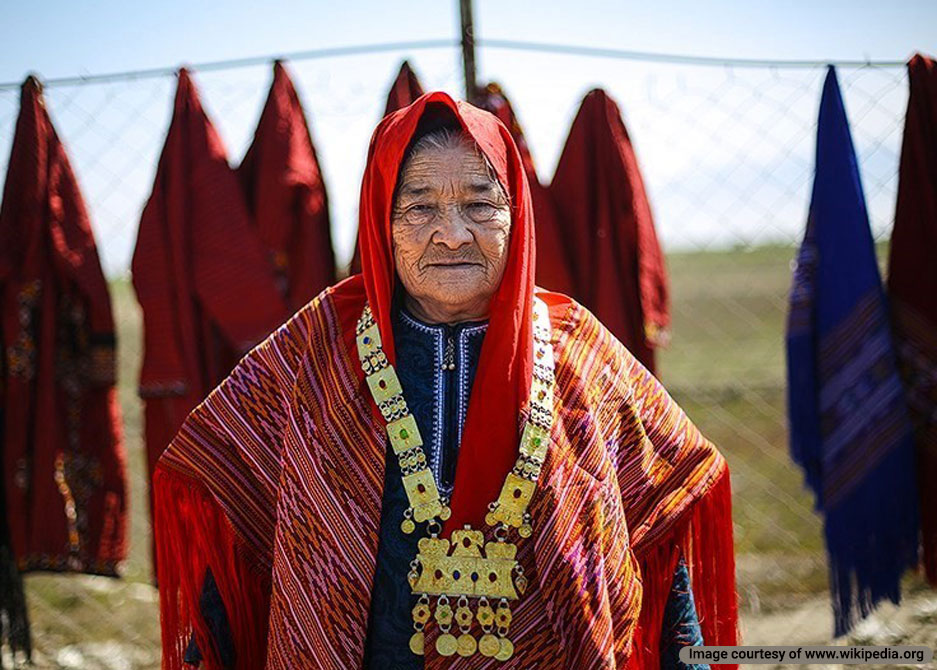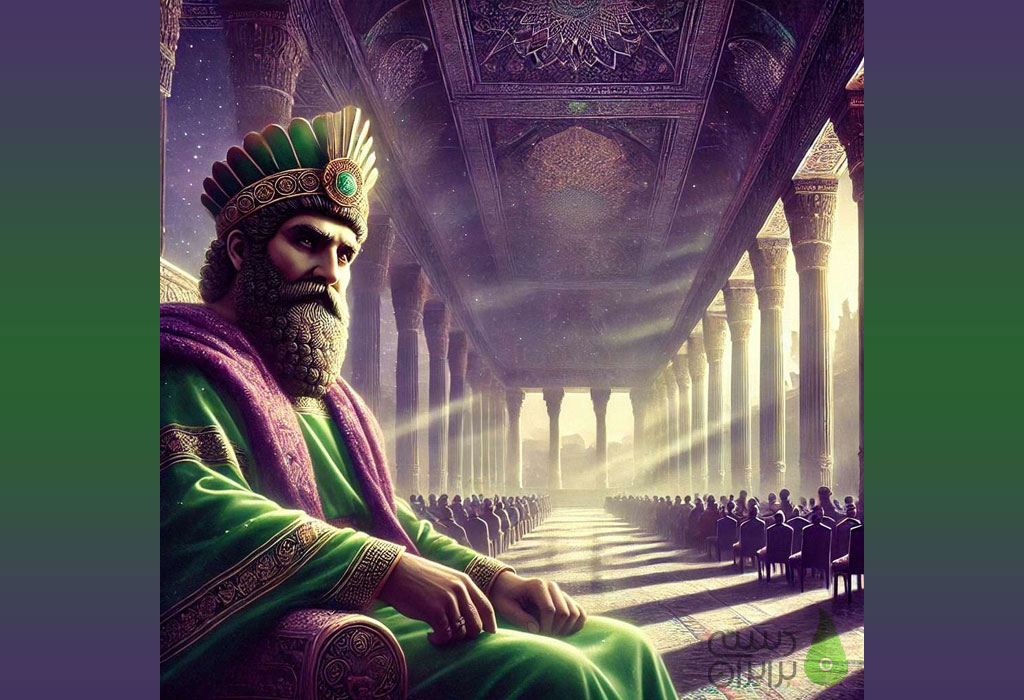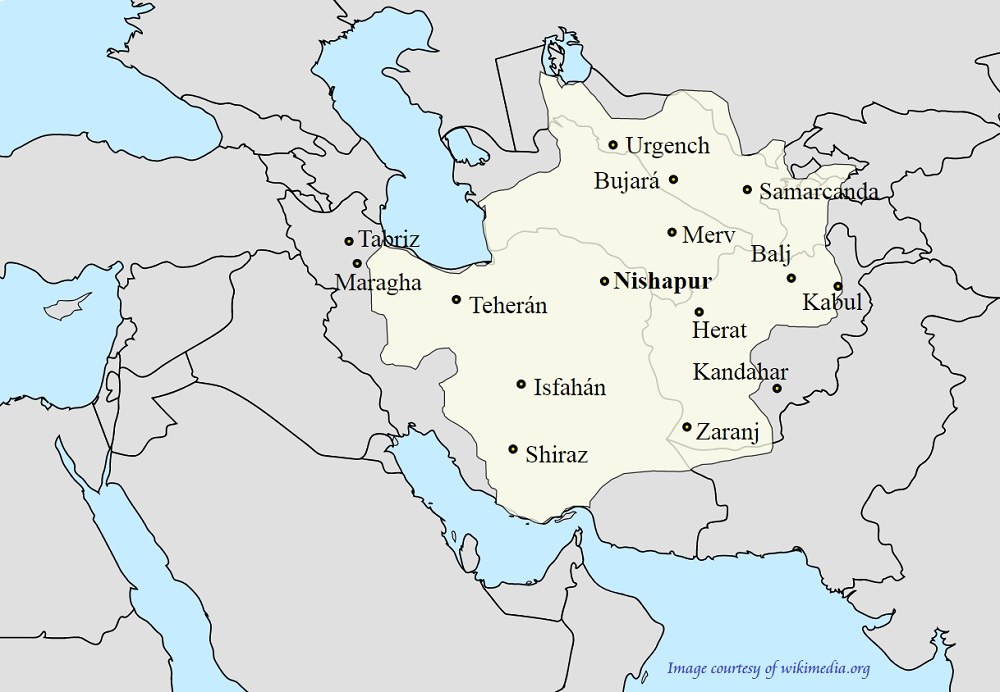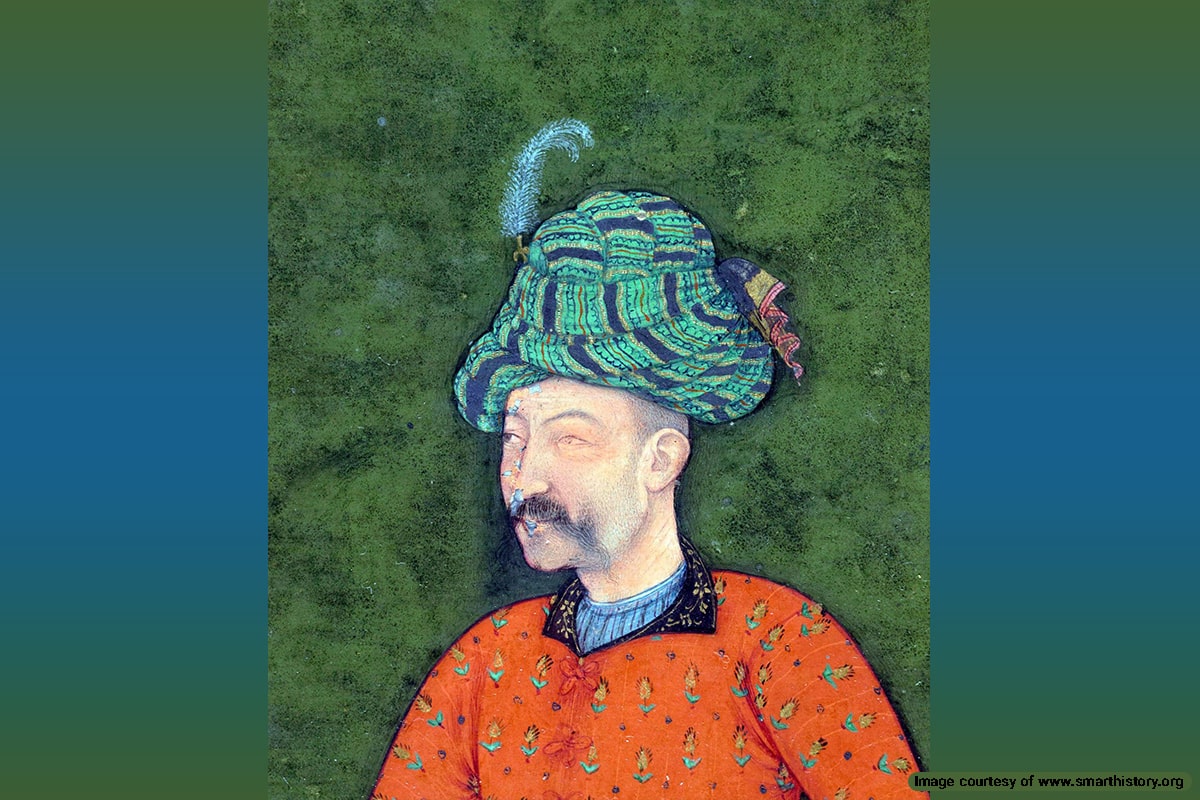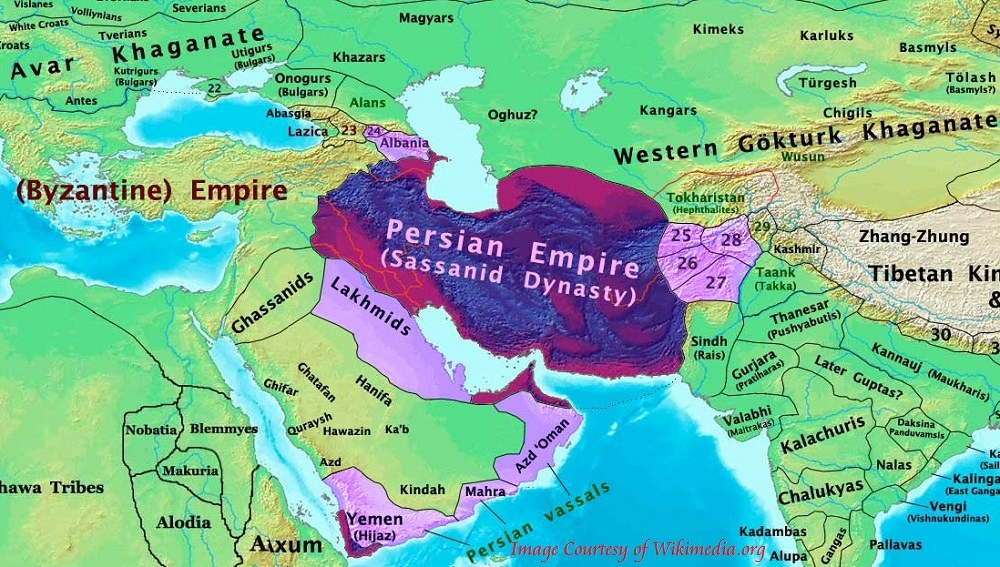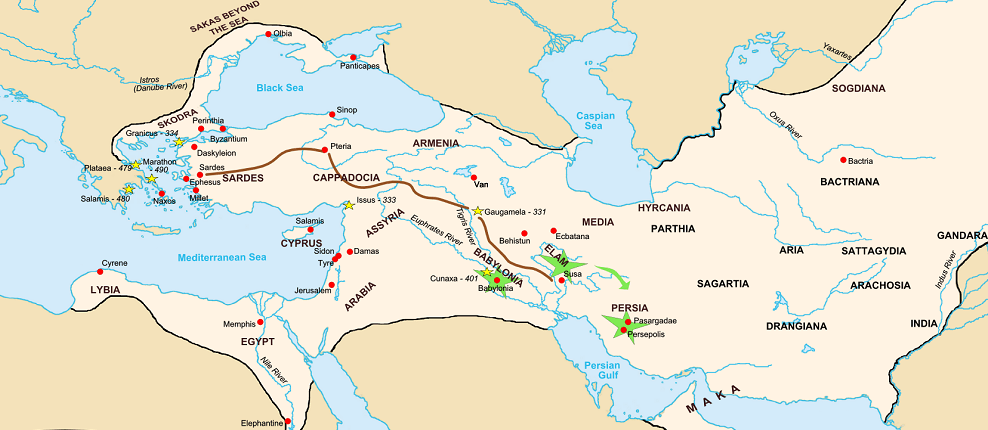
The Achaemenid Empire, founded by Cyrus the Great in 550 BC, emerged as the world’s first superpower. It united diverse cultures under a centralized administration renowned for tolerance and innovation. At its height, it spanned three continents and pioneered governance, infrastructure, and human rights systems that influenced later empires. This golden age of ancient Iran ended with Alexander the Great’s conquest in 330 BC, but its legacy endures in the history of Achaemenians.
Who Were the Achaemenians?
The Achaemenian name is derived from “Achaemenes” or “Haxāmaniš”, the ancestor of its founding father, Cyrus. It means having a friend’s mind. The Achaemenians were of Persian origin, part of the larger Indo-Iranian group that migrated to the Iranian plateau around the 2nd millennium BCE. They were closely related to other Iranian peoples, such as the Medes, with whom they shared cultural and linguistic ties.
The Achaemenians took pride in their lineage, emphasizing their noble heritage and connection to their ancestral homeland in Persis (modern-day Fars, Iran). Their empire became a melting pot of cultures, blending Persian traditions with those of the many peoples they conquered.
The Achaemenians established the first great empire in Persia. Although the Medes were there before them, they did not establish a centralized government like the Achaemenid.
List of Achaemenian Kings
The Achaemenian kings who ruled over the entire Persian Empire were the following:
Cyrus the Great: The Founder of Persia
Cyrus was a reconciling savior to the Medes, not a usurping rebel. Since 730 B.C., his family had been kings in Anshan, Elam Territories, and governors in Parse, central Iran, on the part of the Median kings. Having ruled as a king in Anshan, the first Achaemenian king ascended to the throne as a conqueror, emperor, savior, and the first king in the history of the world entitled “The Great.”
The Empire transformed Persia from a regional power into a vast empire through diplomacy and military genius.
- Unification: Merged Persian and Median tribes, establishing a multicultural empire.
- Human Rights: Issued the Cyrus Cylinder, abolishing slavery and permitting religious freedom.
- Conquests: Defeated Lydia (546 BC), and Babylon (539 BC) and secured eastern frontiers against Scythian nomads.
“O man, whoever you are… know that I am Cyrus, who won the Persians their empire.”
— Cyrus’s epitaph at Pasargadae
There is ambiguity surrounding his death. However, the most likely scenario is that Cyrus died battling the Massagetae in 530 BC and was buried at Pasargadae, a UNESCO World Heritage Site.
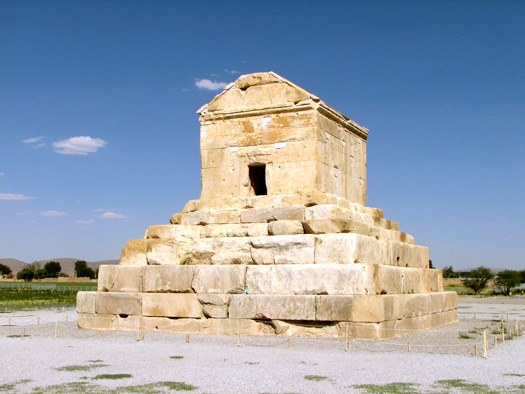
Cambyses II: The Enigmatic Conqueror
Cambyses II ascended to the throne after his father, Cyrus’ death in 530 BCE. Cambyses successfully expanded the Persian Empire by conquering Egypt, but his rule was marked by challenges and controversies, particularly regarding his abrupt departure and the mysterious circumstances surrounding his death.
- Egypt Annexed: Conquered the Nile Valley (525 BC), declared Pharaoh.
- Controversies: Accused of killing his brother Bardiya, he died mysteriously en route to suppress a revolt (522 BC).
Darius the Great: Architect of Persian Power
In 522 BCE, Darius I, a noble and military leader, led a revolt against the usurper. Darius gathered a coalition of other nobles and warriors loyal to the Achaemenian lineage. They successfully overthrew Gaumata, who was then executed. Following this victory, Darius proclaimed himself king, establishing a new dynasty that would restore order and continue the expansion of the Persian Empire.
Administrative Reforms:
- Divided the empire into 20 satrapies (provinces).
- Built the Royal Road (1,600 miles) for rapid communication.
- Standardized currency (Daric coins) and legal systems.
Persepolis: Constructed ceremonial capital with grand palaces.
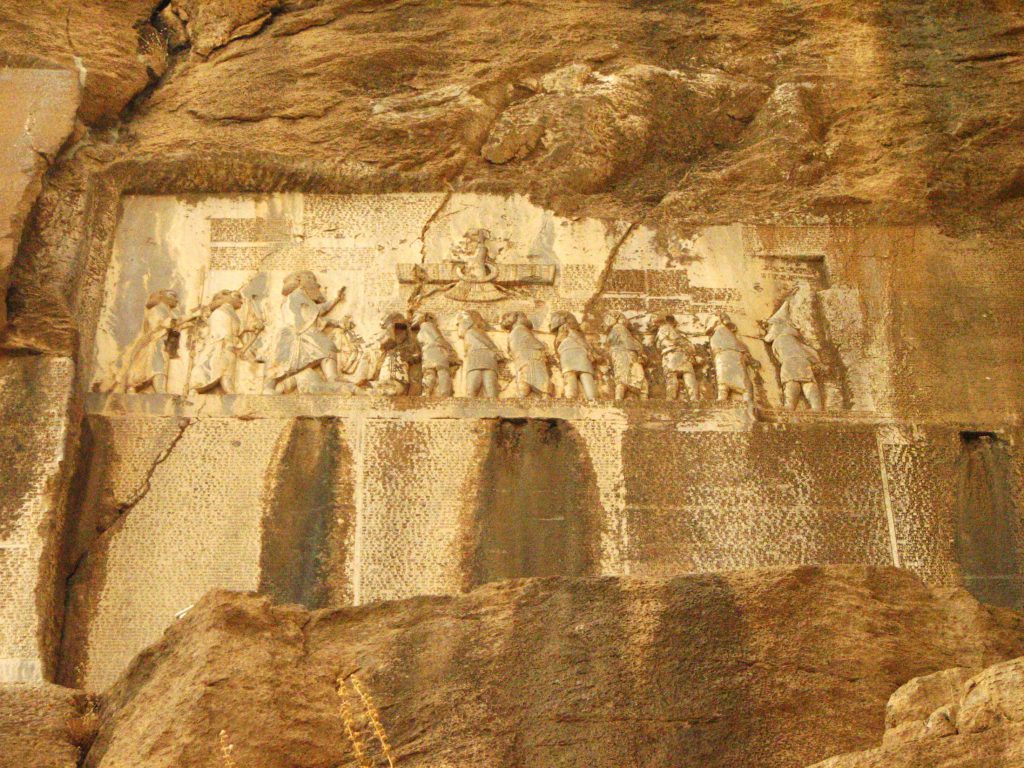
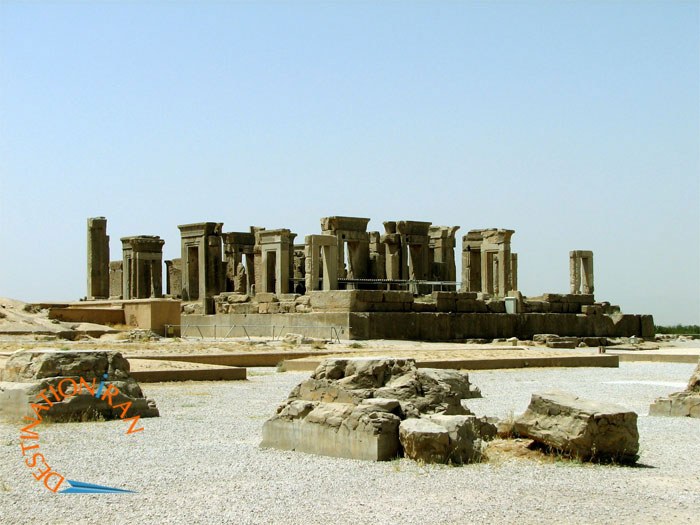
Xerxes I: The Greco-Persian Wars & Decline
Xerxes I, the son of Darius I, is best known for his role in the Greco-Persian Wars, particularly for leading a massive invasion of Greece in 480 BCE in retaliation for his father’s defeat at the Battle of Marathon. His campaign aimed to expand the Achaemenid Empire but culminated in two significant defeats: the naval Battle of Salamis and the land Battle of Plataea. These setbacks marked a turning point in the conflict and signaled the beginning of the decline of Persian power in the region.
Xerxes’s costly invasions drained resources and weakened central authority, increasing internal strife and uprisings within the empire. Despite his ambitious aspirations, Xerxes’s reign ultimately underscored the challenges of managing a vast empire and facing united Greek resistance, paving the way for the gradual decline of Persian dominance in the Mediterranean.
- Invasion of Greece: Won at Thermopylae (480 BC) but lost at Salamis; burned Athens in retaliation.
- Legacy of Tyranny: Harsh suppression of Egyptian and Babylonian revolts eroded imperial unity.
- Assassination: Killed in 465 BC by court conspirators, marking the empire’s moral decline.
Darius III: The Last Achaemenian King
Darius III was the last king of the Achaemenid Empire, ruling from 336 to 330 BCE during great upheaval and transition. He ascended to the throne amid internal strife and power struggles following the assassination of his predecessor, Artaxerxes III.
Darius III faced formidable challenges, most notably the rise of Alexander the Great, who launched a campaign against Persia in 334 BCE to conquer the vast empire.
Key Battles:
- Issus (333 BC): Alexander routed Persian forces.
- Gaugamela (331 BC): Decisive Macedonian victory.
Death: Betrayed and killed by his satrap Bessus (330 BC).
The Importance of the Achaemenian Rule in Iran
The Achaemenid Dynasty is recognized as one of the ancient world’s largest and most advanced empires. It played a significant role in Iranian and world history. The Achaemenids established a well-organized administrative system and respected diverse cultures and religions, setting a model for future empires.
They also facilitated communication and trade across their vast territory by constructing extensive road networks, such as the Royal Road, and implementing an efficient postal system.
Geographical Extent of the Achaemenian Empire
At its peak, the Achaemenid Empire stretched from the Indus River in the east (modern-day India) to the Mediterranean Sea and Egypt in the west, and from the Black Sea and the Caucasus in the north to the Persian Gulf and Arabia in the south. This empire encompassed vast regions of Asia, Africa, and Europe, making it the first global empire in history
Governance System of the Achaemenians
The Achaemenids had a centralized yet flexible governance system. Their territory was divided into provinces called satrapies, each governed by a satrap (governor). These satraps were responsible for tax collection, maintaining order, and enforcing laws, but they enjoyed relative autonomy in local administration. The Achaemenid King of Kings stood at the top of this system, holding ultimate authority. This efficient administrative structure enabled the Achaemenid Empire to thrive for over two centuries.
The Fall of Persepolis & Alexander’s Legacy
In 330 BCE, after a series of retreats and with his power in disarray, Darius III was captured and ultimately killed by his Satrap, Bessus, who sought to declare himself king. His death marked the end of the Achaemenid dynasty and the effective fall of the Persian Empire.
In 330 BC, Alexander looted Persepolis’s treasury and burned its palaces. Despite claims of uniting East and West, his conquest brought destruction, not synthesis. The Seleucid dynasty replaced Achaemenian rule but failed to win Iranian loyalty.
Achaemenians Legacy: Innovations That Shaped Empires
The Achaemenians laid the foundations of the Iranian national identity. After nearly three millennia, the people of Iran look back at the Achaemenid period with pride and honor. Their legacy still endures because of their innovations in history:
- Administration: The Satrapy system influenced later empires, including the Romans.
- Tolerance Policy: Protected diverse cultures and faiths (e.g., Jewish return to Jerusalem).
- Infrastructure: Royal Road inspired Roman networks; qanat irrigation boosted agriculture.
Key Battles During the Achaemenian Period
These are the most significant battles fought by the Achaemenid Empire against other territories, highlighting the outcomes and significance of each conflict:
| Battle | Year (BC) | Opponent | Outcome | Significance |
|---|---|---|---|---|
| Battle of Hyrba | 552 | Medes | Persian victory | Cyrus the Great’s first major victory against the Medes, marking the start of Persian independence. |
| Battle of Pasargadae | 550 | Medes | Persian victory | Cyrus defeated Astyages, King of the Medes, and established Persian dominance. |
| Battle of Pteria | 547 | Lydians | Inconclusive | Led to the eventual fall of Lydia under Croesus. |
| Battle of Thymbra | 546 | Lydians | Persian victory | Cyrus defeated Croesus, capturing Sardis and annexing Lydia. |
| Siege of Babylon | 539 | Babylonians | Persian victory | Cyrus captured Babylon without significant resistance, freeing Jewish exiles. |
| Battle of Pelusium | 525 | Egyptians | Persian victory | Cambyses II defeated Pharaoh Psamtik III, annexing Egypt to the Achaemenid Empire. |
| Battle of Opis | 539 | Babylonians | Persian victory | Cyrus secured control over Mesopotamia, solidifying Persian dominance in the region. |
| Battle of Marathon | 490 | Greeks (Athens) | Greek victory | Darius I’s forces were defeated, halting Persian expansion into mainland Greece. |
| Battle of Thermopylae | 480 | Greeks (Sparta) | Persian victory (tactical), Greek victory (strategic) | Xerxes I defeated the Spartans but suffered heavy losses, delaying his advance. |
| Battle of Salamis | 480 | Greeks (Athens) | Greek victory | The Persian navy was destroyed, forcing Xerxes to retreat from Greece. |
| Battle of Plataea | 479 | Greeks (Sparta) | Greek victory | Ended Persian ambitions in Greece, marking the decline of Achaemenid influence. |
| Battle of Issus | 333 | Macedonians (Alexander) | Macedonian victory | Darius III fled, allowing Alexander to capture much of the Persian Empire. |
| Battle of Gaugamela | 331 | Macedonians (Alexander) | Macedonian victory | Alexander decisively defeated Darius III, leading to the fall of the Achaemenian Empire. |
Frequently Asked Questions about Achaemenians
If you have other questions about the Achaemenian Empire, please let us know in the comments. We will respond as soon as possible.
What does “Achaemenian” mean?
Derived from Achaemenes, the dynasty’s semi-legendary founder.
Who ruled the Persian Empire after Cyrus?
Successors included Cambyses II, Darius I, Xerxes I, and Darius III.
Why did Alexander burn Persepolis?
Likely retaliation for the Persian destruction of Athenian temples in 480 BC.
Why Did the Achaemenian Empire Fall?
- Overextension: Managing 50 million people across 5.5 million km² became unsustainable.
- Alexander’s Tactics: The Macedonian king exploited Persian infighting and weak defense.
- Moral Decline: Later rulers abandoned Cyrus’s tolerance, inciting rebellions.







